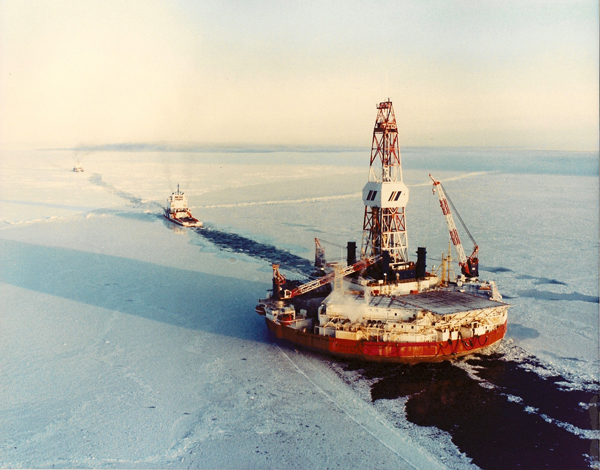Scientists have for the first time made a conclusive link between the 2010 BP oil spill in the Gulf of Mexico and an unprecedented dolphin die-off along the Gulf’s northern coast.
Bottlenose dolphins in Louisiana, Mississippi, and Alabama experienced an “unusual mortality event” beginning in February 2010 and continuing into 2014, according to the study, written by a team of 22 researchers, including scientists with the National Marine Fisheries Service, Audubon Nature Institute’s Aquarium of the Americas, the Louisiana Department of Wildlife and Fisheries, and a number of marine laboratories nationwide.
By comparing tissue samples from dead dolphins found along the northern Gulf of Mexico—including 22 from Louisiana’s Barataria Bay, one of the most heavily oiled coastal areas in the wake of the Deepwater Horizon disaster— with similar samples taken from dead dolphins found in the states that weren’t within the BP oil footprint, the scientists discovered that stranded and dead bottlenose dolphins within the spill range had lung and adrenal lesions consistent with petroleum product exposure.
“Animals with adrenal insufficiency are less able to cope with additional stressors in their everyday lives,” said Stephanie Venn-Watson, the study’s lead author and veterinary epidemiologist at the National Marine Mammal Foundation, “and when those stressors occur, they are more likely to die.”
The dolphins in the spill-affected areas “had some of the most severe lung lesions I have seen in the over 13 years that I have been looking dead dolphin tissues from throughout the U.S.,” added Kathleen Colegrove, the study’s lead veterinary pathologist based at the University of Illinois. Only 2 percent of reference dolphins had this lesion at all.
Unsurprisingly, BP disputes the study’s findings. “The data we have seen thus far, including the new study from NOAA, do not show that oil from the Deepwater Horizon accident caused an increase in dolphin mortality,” said a spokesman for BP, Geoff Morrell.
But with several more studies of dolphin-related issues underway, additional evidence is sure to emerge.
The Times-Picayune reports:
When complete, in about 16 to 18 months, the results of the studies will be added to other information being gathered as part of the federal Natural Resource Damage Assessment, required under the Oil Pollution Act of 1990.
Federal and state trustees and BP will then determine whether projects can be put in place to restore wildlife, including dolphins, or to compensate for their loss.
Environment and conservation groups marked the five-year anniversary of the BP spill just last month, noting that the region remains vulnerable to drilling disasters even as it struggles to recover. “We are only now beginning to understand the true effects of the BP oil disaster,” Oceana vice president Jacqueline Savitz said at the time. A report released last month by the National Wildlife Federation estimated that at least 20 species are still being harmed by the spill and that the full extent of the damage may not be seen for years or even decades.
“What story is the dolphin telling us about the Gulf?” asked Venn-Watson. “It’s not a question we can answer, but I think it’s an important question to continue asking. The dolphin science investigation has been very helpful in understanding the impacts of oil spills, that sub-lethal, chronic conditions do end up being deadly.”



